When I was in primary school, my dad made a decision that would change everything. He decided to vacuum behind the living room sofa.
I remember coming home from school that day. My dad stayed at home while my mum worked full-time, and he was doing some housework.
My mum had been on at him about vacuuming behind the sofa because it had been a while. So he pulled it out from the wall, and there it was – a mound of hair. My hair.
I’d been pulling my hair out since I was about six. Always in secret, always with shame. At the time, I didn’t know what it was called, but it turns out I have a condition called trichotillomania.
People with trich, as we call it, pull individual hairs out by the root. It can be from your scalp, eyebrows, eyelashes – anywhere.
When my dad found that hair behind the sofa, it was the first time I had to confront my condition. And I freaked out. I thought, “Oh my God, my parents know that I do this thing. They’re not going to love me anymore.”
I remember picking up the pile of hair, grabbing it, and trying to make it smaller and smaller in my hands. I ran to the kitchen to throw it away, but my dad stopped me.
He said: “No, I need your mum to see this. We need to talk about this.”
Not just a habit
Trichotillomania isn’t just a habit – it’s a complex condition classified under body-focused repetitive behaviours (BFRBs). Despite affecting an estimated 1% to 4% of the UK population, it’s poorly understood and surrounded by stigma.
The stigma is tough. People often react with disgust or confusion. I’ve even had it mistaken for self-harm, which it isn’t for most people.
The reasons for hair pulling aren’t entirely clear. It could be linked to stress, anxiety, hormonal changes during puberty, or even genetics. For me, it started relatively early, but I don’t know why.
At primary school, I had undiagnosed dyspraxia and was labelled a gifted pupil. I was often separated from my classmates during lessons, as well as being kept in during break and lunch, and that isolation might have played a role.
I was also a perfectionist. Everything had to be just right, and pulling my hair was a way of soothing myself and regaining control.
At first, it hurt. Pulling a hair out by the root registers a degree of pain. But over time, it hurt less.
The release of tension I felt was worth it, especially when I pulled a hair that felt “coarse” or “wrong.” Getting rid of the “wrongness” made me feel better.
Trying to hide my hair pulling
After the sofa incident, my hair pulling continued. My parents struggled to understand it, and I don’t blame them.
But their upset made me feel worse, which led to more self-recrimination. I thought I should be able to stop. The fact that I couldn’t made me feel broken.
Being a teenage girl in the 2000s didn’t help. It was the age of Kate Moss’s “nothing tastes as good as skinny feels”, and good looks were social currency.
At high school, mental health education wasn’t great. It focused mainly on symptoms and behaviours rather than underlying causes.
We were taught about anorexia, but only as something girls did to look like models. No-one acknowledged that the behaviour could be about control, or the lack of it.
Similarly, I thought of my hair pulling as something that made me ugly.
Lashes and hair are so fundamental to ideals of feminine beauty, so how could I be a proper girl if I was pulling them out?
I was very conscious of the fact that I was making myself unattractive, so I tried my best to hide my chewed-looking lashes and sparse brows with make-up.
There were brighter moments, though. When I was 16, I read the word ‘trichotillomania’ for the first time in a newspaper article.
It was about someone who pulled their eyelashes. For me, it was a eureka moment. I spent the whole day at school thinking, “Oh my God, I’m not the only one. I’m not alone. There’s a name for it.”
A downward spiral as my worst fears come true
University was a turning point for me.
I went to Edinburgh University and made an amazing group of friends. One of them had Tourette’s, which is often grouped with trich. He understood what it was like to have your body do something without your conscious control.
But during this time, my dad became seriously ill with a complex progressive neurological condition that would eventually kill him.
Living at home, I was one of his carers, alongside my mum. He was only in his 60s, and he soon lost the ability to walk and needed constant attention.
His illness also caused a form of frontotemporal dementia that changed his personality. It was like losing him in instalments.
When he died, in November 2016, my world fell apart. I fell apart. For the first time, I started to develop bald patches – not big ones, but noticeable.
I couldn’t control the pulling anymore. In fact, I had lost the will to even try.
Watching my dad fade away in front of me, I thought, “Why would I be worrying about trich?”
Finding a community, and a way out
By then, I’d been diagnosed with depression. But I’d also discovered something that would save me: journalism. I’d always loved words, and despite everything, I worked for the student newspaper, editing and writing. For Mental Health Awareness Week, we needed to cover something new. I said, “I’ve got a hair-pulling disorder.”
My article was read by Bridget Bradley, a medical anthropologist doing her PhD, and she invited me to a trich support group she had set up. For the first time, I was in a room with other people who had the condition. It was a revelation.
If it hadn’t been for that support group, I don’t know how I would have got through the last couple of years of my dad’s illness.
Picking up the pieces from a life of hair pulling
In the two years after my dad’s death, I slowly put myself back together.
I sought help from the Lucinda Ellery salon, who specialise in female hair loss.
They were able to fit me with microbonded extensions which protected my bald patches during the itchy stage of regrowth, as the prickly sensation of new hair coming in can trigger more pulling and create a vicious cycle.
I followed my passion for journalism, enrolling on a Masters at Napier University. For my final project, I created a documentary about trich, featuring interviews with some of the amazing women I had met through the support group.
Soon after graduating, I got a job in Aberdeen. Moving away from home for work was hard, as I was separated from family, friends and the group that had made such a massive difference in my life.
But during the pandemic lockdowns, the support group moved online, so I’m now able to access that community despite living so far away. In fact, the BFRB community has grown beyond my wildest dreams.
Bridget had helped set up a charity, BFRB UK & Ireland, for people with trich and similar conditions. Word spread in academic circles and beyond, and in 2024, a conference focused on BFRBs took place in the UK for the first time.
It felt like the start of a new chapter, one where these often hidden conditions can move out of the shadows and be better understood.
Living in Aberdeen and coming to terms with hair pulling
Today, I still live in Aberdeen with my husband, Calum, and work as a senior sub-editor at the Press and Journal. I still pull my hair, but far less often.
It depends on the day, the stress levels, and how tired I am. Cutting back on coffee has helped. Caffeine doesn’t increase the urge to pull, but it makes it harder for me to resist any urges that arise.
Learning to be gentle with myself and listen to my body has made a big difference too. Often the urge to pull is actually my body telling me about an unmet need.
I’m also passionate about raising awareness of trich and other body-focused repetitive behaviours. I want people, especially young people, to know they’re not alone.
Greater education about BFRBs can help reduce the shame that too often accompanies them. If you see yourself in this story, you’re not broken and you’re not wrong. You just might be struggling a bit, and that’s OK.
As for me, I sometimes worry about returning to those dark days after my dad’s death. But then I remember: that was the lowest time in my life. And I came out the other side.
For more information on body-focused repetitive behaviours, visit BFRB UK & Ireland at www.bfrbukireland.com/
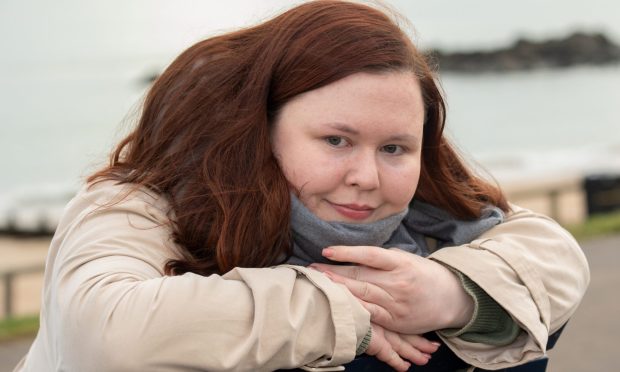
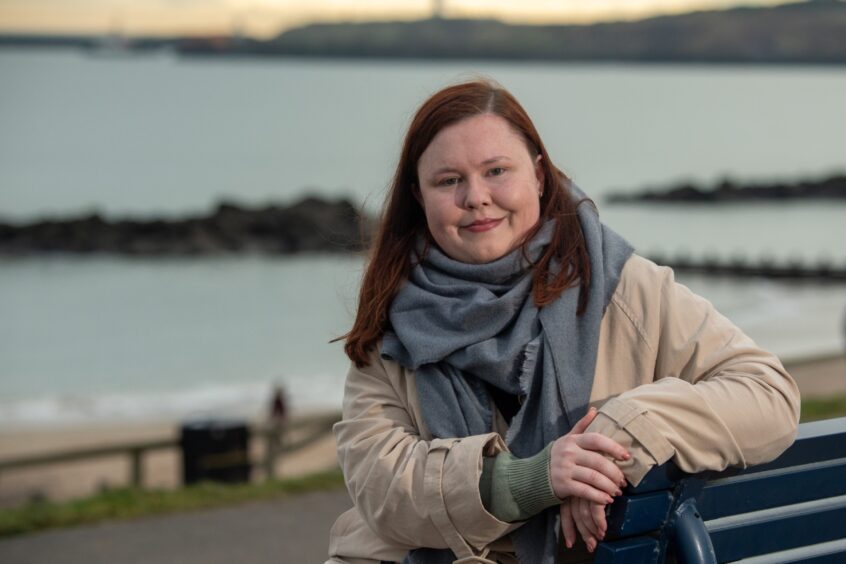
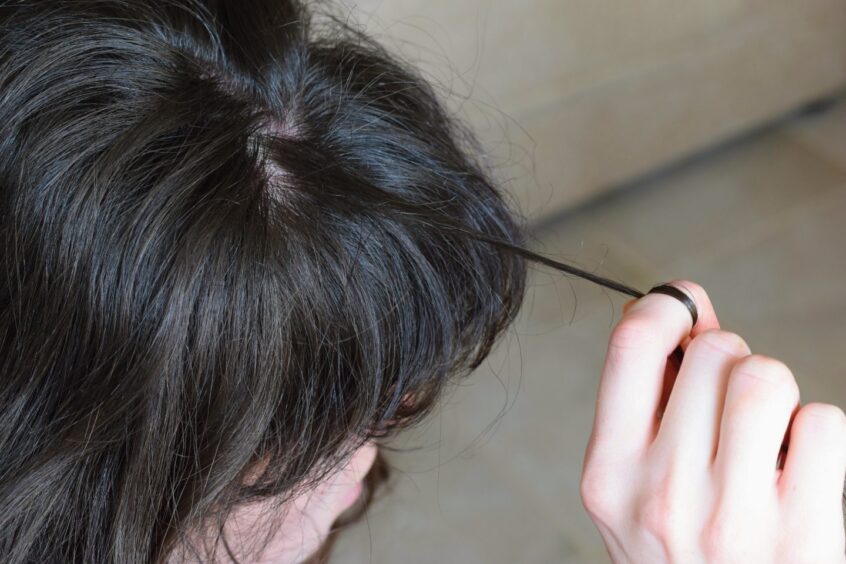
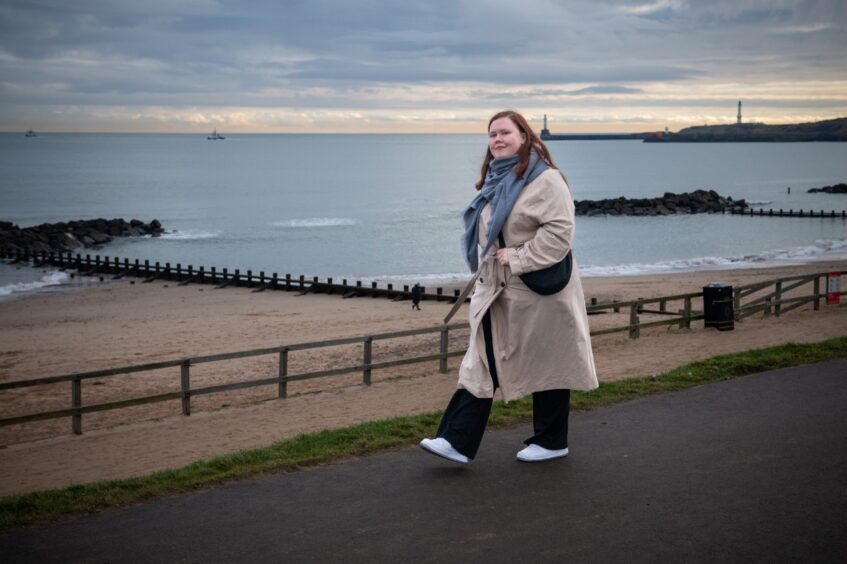
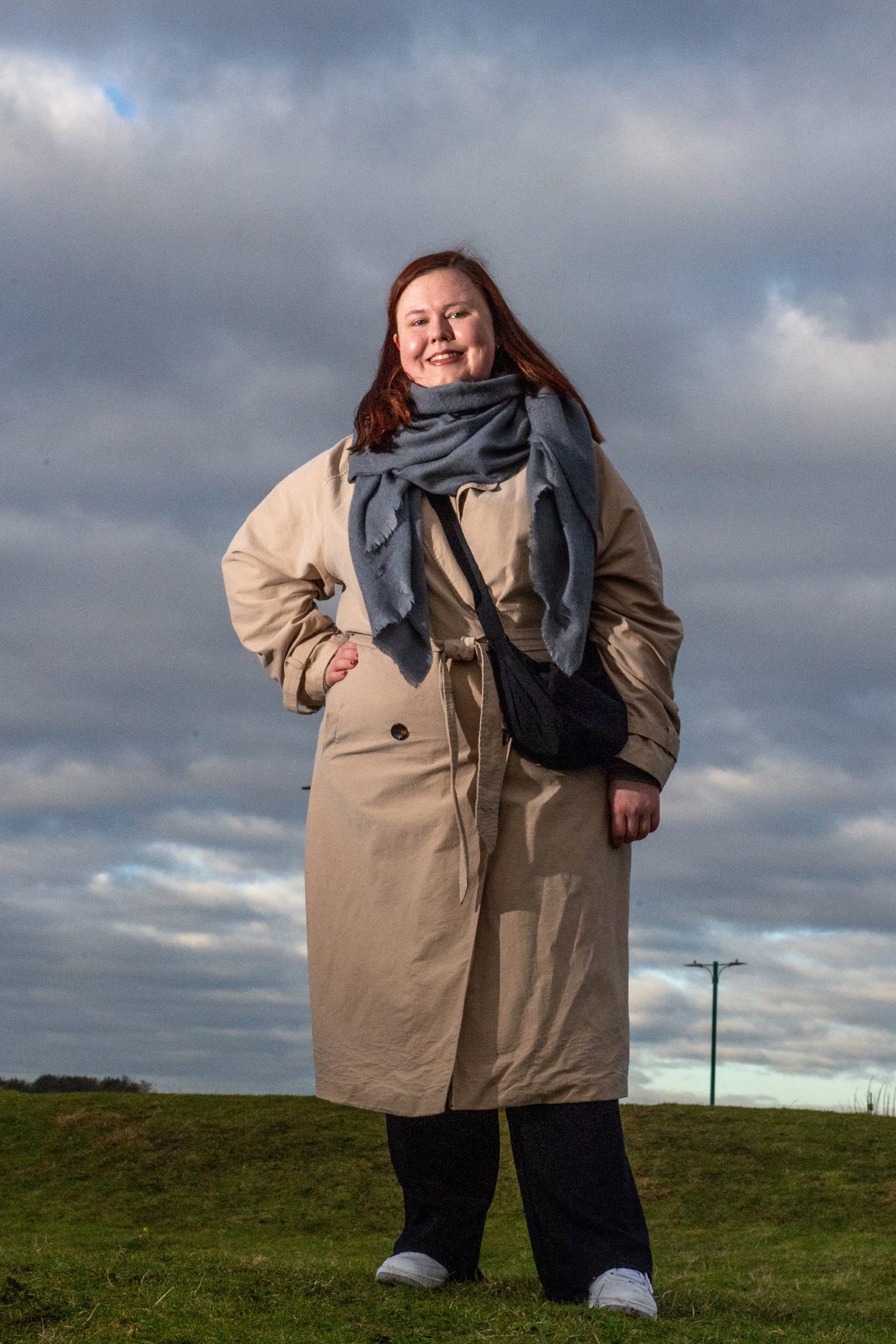
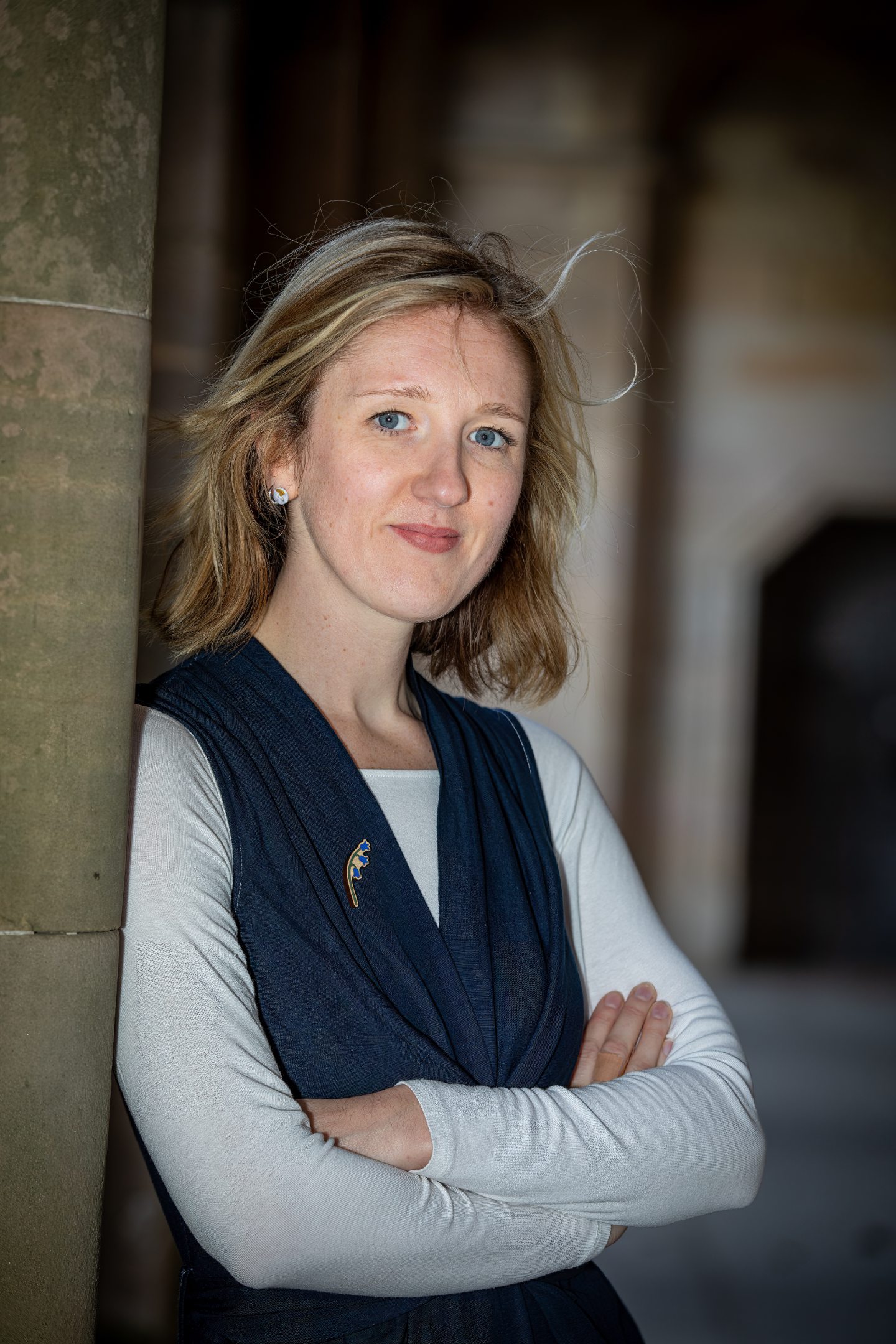
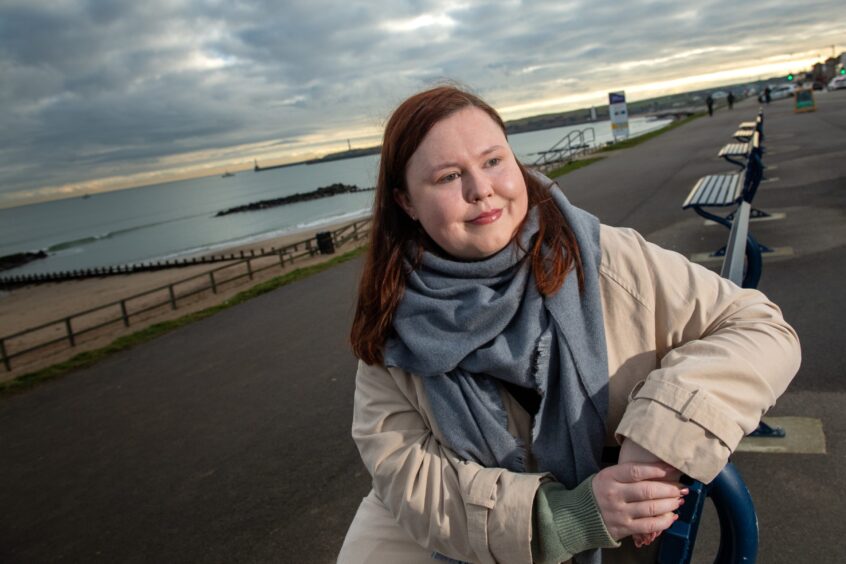
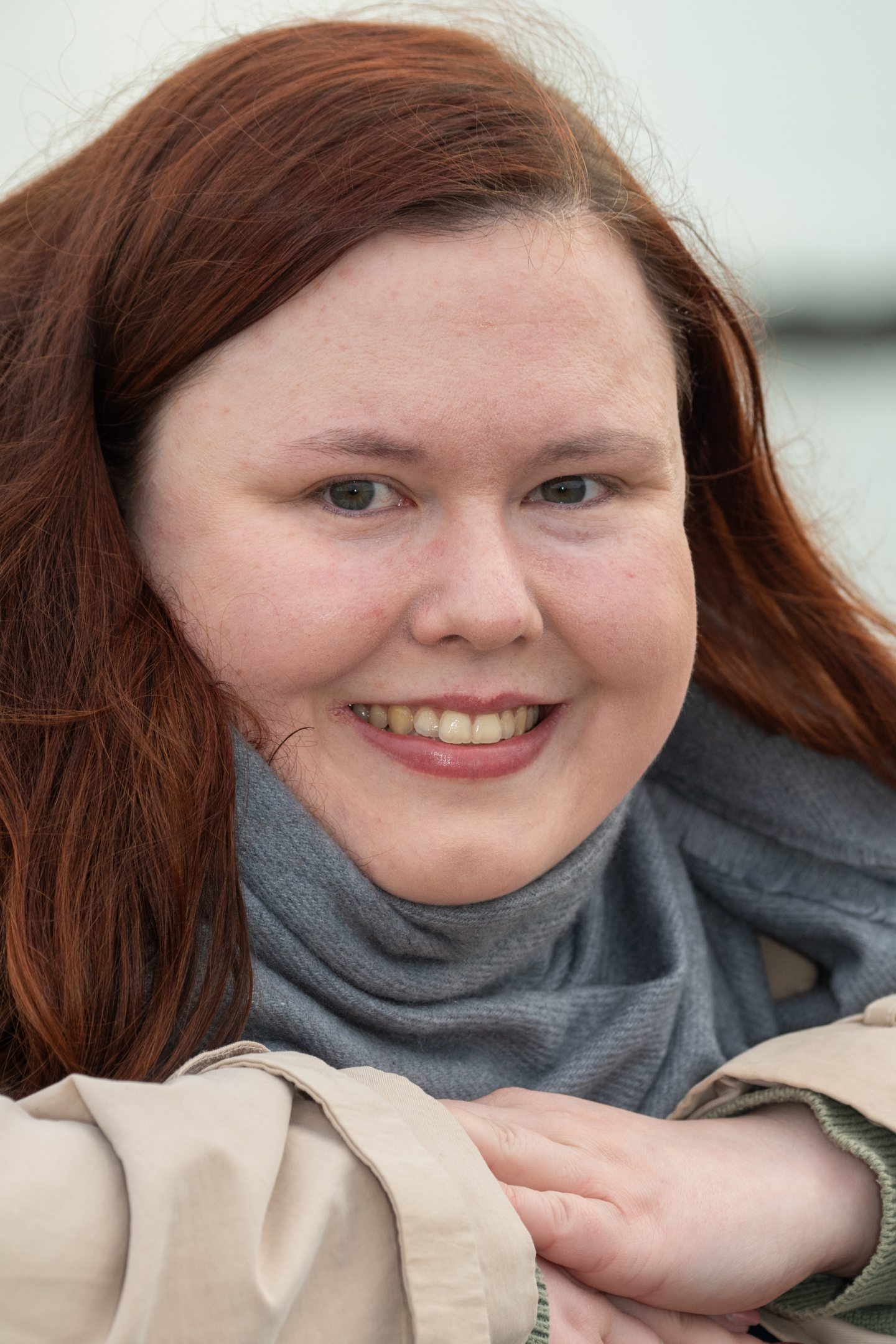
Conversation